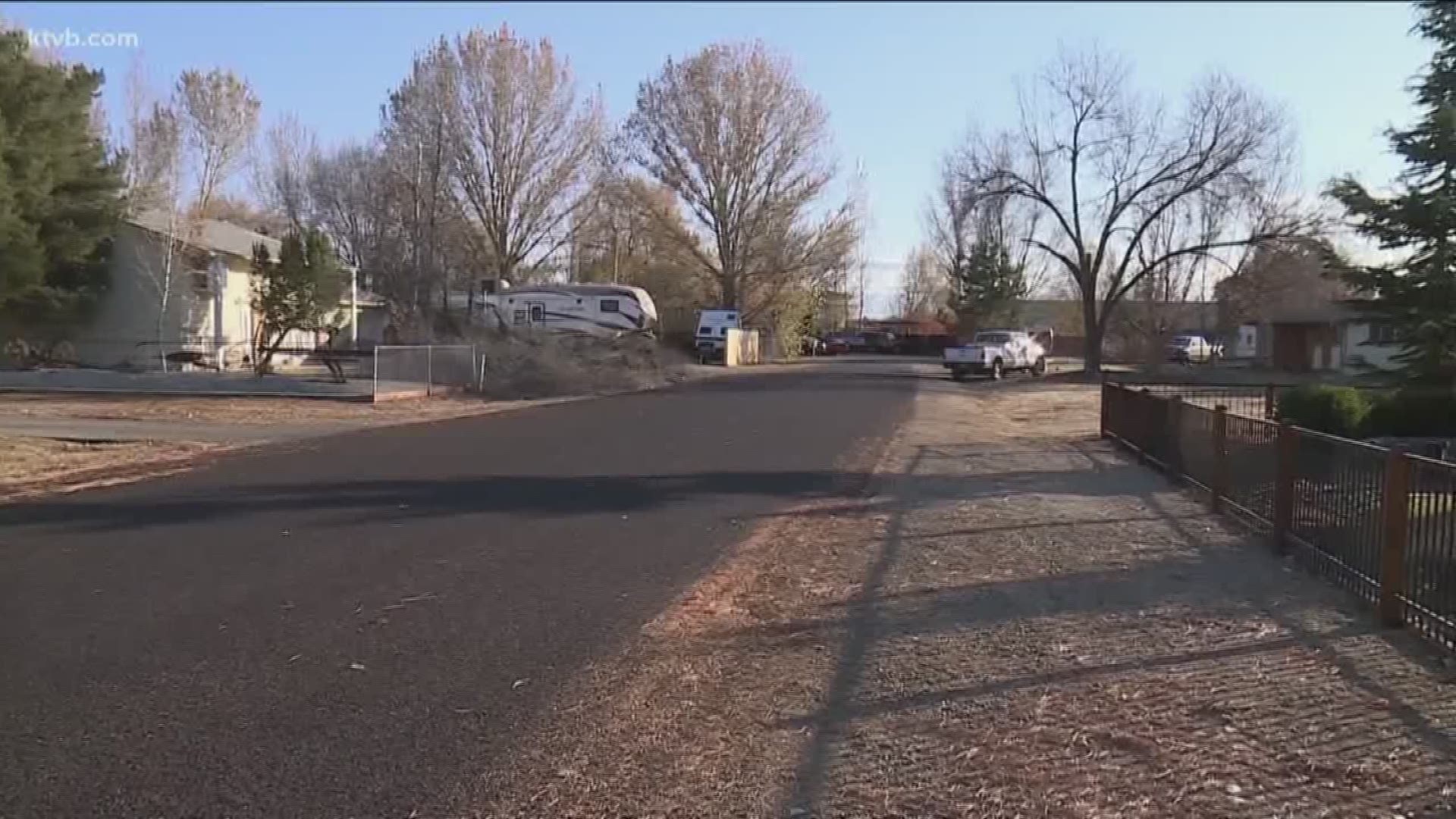MERIDIAN, Idaho — Trying to plan for future growth isn’t without its challenges, as Meridian city leaders and residents can tell you.
Tuesday, the City Council heard from the public about some proposed changes to its new comprehensive plan.
Caleb Hood, planning division manager for the city, said the changes are based on recent community feedback.
Some key areas people are most concerned with include traffic and transportation, preserving open space and addressing overcrowded schools. The new plan focuses on those issues.
According to the city’s plan, Meridian saw a 37% population growth between 2007 and 2017 and studies expect that to grow another 52% by 2040.
Because of that, the city is identifying areas of need to accommodate that growth in the next 10 to 20 years. That includes a land use map that identifies areas which, in the future, would likely see major changes from the growth.
The Locust View Heights subdivision is one of those areas. The city is looking at a possible change for the neighborhood from residential to multi-use.
Hood said that doesn’t mean the city will actually rezone the area but rather, it sets a foundation for what it could be used for in the future.
“Nobody’s being annexed or zoned with this project,” he said. “It sets forth the vision for when, and if, they’re ever ready to come in to the city, whatever zoning would be appropriate at that time to come in and develop their properties.
“We need to plan for that though as a city with infrastructure so roads, utilities, etc. so we make sure we can support that in the future,” Hood added.
However, dozens of residents in the Locust Heights neighborhood have concerns with the plan. Many have written letters and emails to city, county and state leaders asking for their neighborhood to be left as is.
“If they go with that, eventually they would come back and put the road through and they would be able to come back and use this for industrial, for commercial use,” said Pat Rennison, who lives in the subdivision.
She said the residents believe becoming multi-use would drastically alter the neighborhood's rural, family-friendly character.
“We wouldn’t have a neighborhood anymore,” she said.
Residents also worry about what major changes to the neighborhood would mean for their livelihood.
“It would drop our property values in half,” Rennison said.
Several people in the neighborhood live on fixed incomes and worry major development could price them out.
That includes Barbara Valdez, who has lived in the area for 47 years, has a small fixed income and a disabled son to take care of. She worries what would happen to her and her son if prices skyrocket.
“I don’t know where I would go to find affordable housing,” she said. “We feel like it’s kind of Russian roulette for us and it’s a land grab and it’s not been above board.”
The residents understand growth is unavoidable and needs to be accommodated, but don’t believe it should be at their expense.
“I understand that people want to move into the area but also to take our homes away for new people and literally putting us out on the street [is not okay],” Rennison said.
After hours of testimony from city staff and residents, the City Council decided not make a decision Tuesday night.
If the plan is eventually adopted, it would not necessarily mean that residential areas would be rezoned. The plan is a guide for what the city expects those areas to develop into at some point in the future.
Watch more 'Growing Idaho':
See the latest growth and development news in our YouTube playlist:

